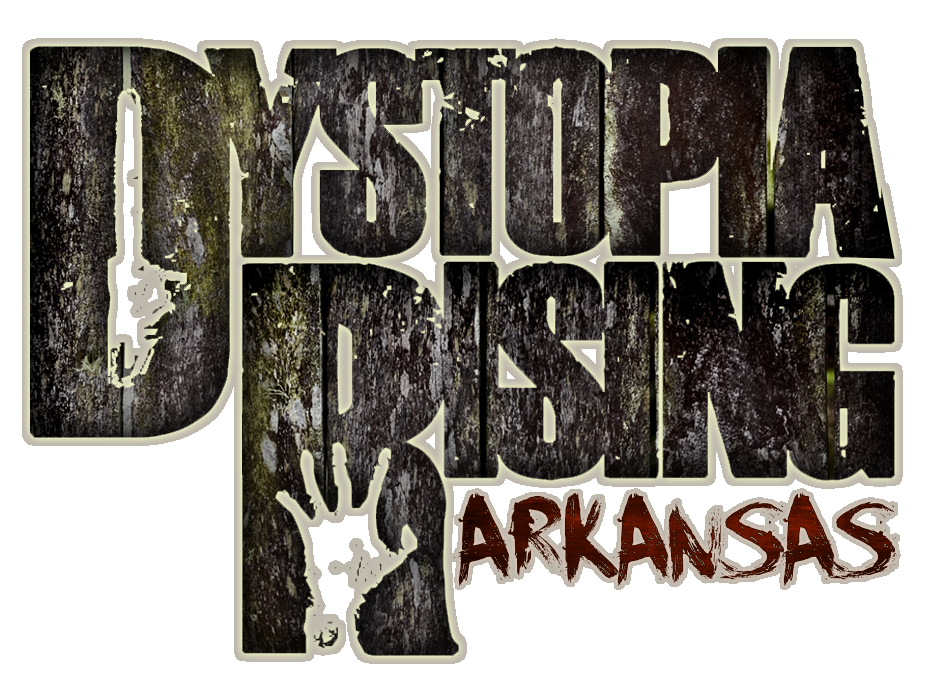Howdy Wastelanders!
As you know, next week is our June game. While everyone is gearing up for this next trade, I want to take just a moment and talk about CvC and how you interact with it in game.
What is CvC?
It’s an acronym that is used a lot in our game. CvC is “Character vs. Character”. It can be initiated in a myriad of ways but ultimately it’s when Character(s) A takes an action against Character(s) B with the intent of conflict. CvC takes many forms in our game. At our game, we recognize four different types of CvC.
Social - partaking in actions that would actively turn characters against another character.
Financial - attempting to ruin the finances of another character.
Combative - engaging in combat that has the potential to lose infection.
Passive - CvC triggered after a character is no longer present. For example, your character sends another character a trapped item with the intent of maliciousness (infection loss, poisoning the other character, aiming for infection loss, etc.).
Steps leading to CvC
There’s a lot of different personalities in our game. Sometimes, it does lead to a conflict with one another. If you think that there’s about to be a conflict with your character and another character, what steps should you take to prepare for it?
Premeditated Conversations with the Impacted Party
If you know in advance that your character is going to have an issue with another character’s actions, an out of character conversation should be had. Having a conversation with the other person involved with the conflict is necessary. It needs to be an out of character player-to-player conversation about the situation and character’s responses to it. This is where verbal steering agreements come into play. During this steering agreement, both parties will have the opportunity to work together for a desired outcome.
If the two players that are attempting to engage in CvC do not get along with one another outside of the game, they should not engage in CvC as their characters with one another.
Invitation to CvC
Once the steering conversation has been had and if the players come to an agreement about next steps. When the ingredients for CvC rise, throw up our sign to initiate the CvC request. It’s just cupping your hand to make a “C” and holding it to your chest where the character you’re interacting with can provide a thumbs up to confirm their consent to the next actions that your character wishes to follow or thumbs down to decline CvC.
Declining CvC
When a player is declining CvC, they’re essentially declining to escalate the issue. Both parties are agreeing to not initiate that role play and escalate the topic to a bigger outcome. Now, if someone declines to partake in the CvC action but still initiate behaviors that are antagonistic or pushing towards the CvC action either way, that’s a moment to step out of character (closed fist placed on top of head) and have a mediation conversation. If the conversation OOC escalates, both parties should find a guide to help with the meditation. If escalation continues and no mediation is found, it then needs to be escalated to an employee.
A lot of words were just thrown around. Let’s do a hypothetical scenario using Felix (played by Truate) and Cinder (played by Cody). Felix is in the bar, talking loud shit about Cinder. Cinder is right there and has had enough. Cody throws up the “C” to Truate and Truate realizes that he doesn’t exactly want that smoke. So, he’ll respond with a thumbs down and as Felix, will verbally say, “Oh shit, you’re mad mad. Yeah, I don’t want to get my ass beat. I’ll stop.” and Felix will stop shit talking Cinder in the bar for the remainder of the scene.
However if Truate thumbs down to decline the CvC action but continues shit talking Cinder in that moment, there will be an opportunity for them to step out of character and have a steering conversation. If that doesn’t get them anywhere, they’ll find a guide that doesn’t have a conflict of interest in the scene and mediate that way. If that conversation continues to escalate even with the guide, Truate and Cody will find another employee (like Curtis) to have mediation in that form.
When do you need a guide for CvC?
There’s a lot of situations in which it’s questionable if a guide should be present for CvC action or not. Here’s when you’ll need a guide for CvC actions:
Any and all thefts, no matter the location in game.
Any attempted murders, no matter the location in game (wastelands vs town).
If a potential CvC outcome could result in lethal combat.
Any time you’re unsure if you need one. Always safe to have a guide to monitor a scene rather than not.
Please note that if you’re going to engage in CvC and you’re in need of a guide that you find a guide that has no conflicts of interest within your character or the outcome of the scene. For example, if my character Sierra was going to steal from Truate’s character, Felix, I would have to go find a guide to monitor the scene. When looking for a guide, I’d find someone who wasn’t related to me or any of my characters in or out of game, isn’t associated with my crew, or could potentially be engaging in CvC with my actions. That helps narrow down my options and I’m able to ask that way.
Any questions, comments, concerns? Let’s chat!


